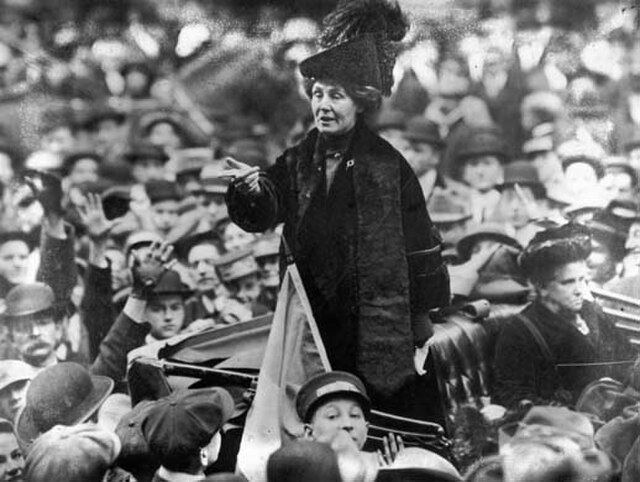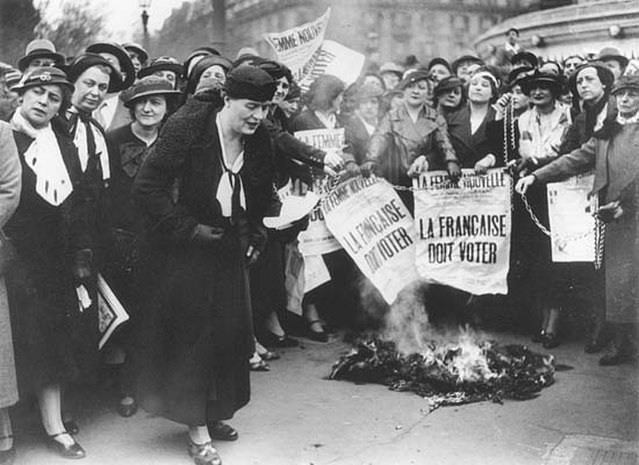Women's liberation movement
The women's liberation movement (WLM) was a political alignment of women and feminist intellectualism that emerged in the late 1960s and continued into the 1980s primarily in the industrialized nations of the Western world, which effected great change throughout the world. The WLM branch of radical feminism, based in contemporary philosophy, comprised women of racially and culturally diverse backgrounds who proposed that economic, psychological, and social freedom were necessary for women to progress from being second-class citizens in their societies.
The women's liberation movement featured political activities such as a march demanding legal equality for women in the United States (26 August 1970)
Feminism is a range of socio-political movements and ideologies that aim to define and establish the political, economic, personal, and social equality of the sexes. Feminism holds the position that modern societies are patriarchal—they prioritize the male point of view—and that women are treated unjustly in these societies. Efforts to change this include fighting against gender stereotypes and improving educational, professional, and interpersonal opportunities and outcomes for women.
Feminist suffrage parade, New York City, 1912
Charlotte Perkins Gilman wrote about feminism for the Atlanta Constitution, 10 December 1916.
After selling her home, Emmeline Pankhurst, pictured in New York City in 1913, travelled constantly, giving speeches throughout Britain and the United States.
Louise Weiss along with other Parisian suffragettes in 1935. The newspaper headline reads "The Frenchwoman Must Vote".





